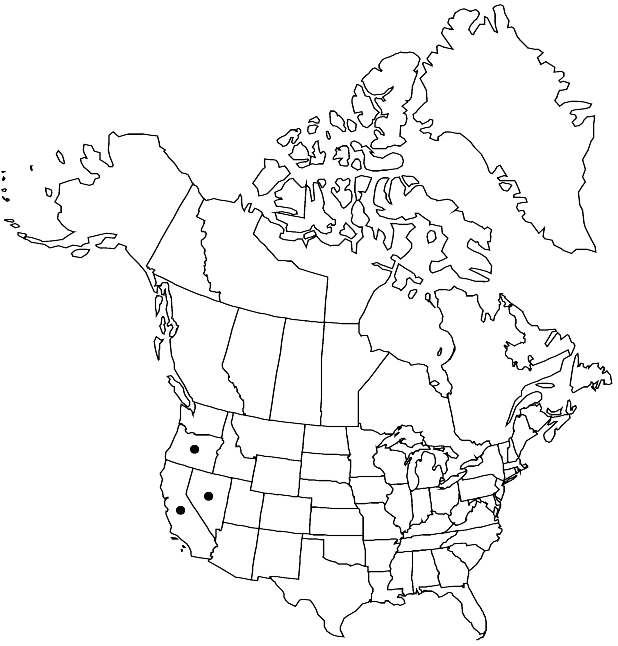Erysimum perenne
in L. Abrams and R. S. Ferris, Ill. Fl. Pacific States 2: 318. 1944.
Perennials or, rarely, biennials; (caudex slender). Trichomes of leaves 2–5-rayed. Stems erect, unbranched or branched (few to several) basally, 0.4–6.5 dm. Basal leaves: blade spatulate to broadly oblanceolate, 2.5–7 cm × 3–10 mm, base attenuate, margins dentate or subentire, apex often obtuse, (surfaces pubescent adaxially, trichomes 2 or 3–5-rayed). Cauline leaves (distal) sessile; blade margins often entire. Racemes considerably elongated in fruit. Fruiting pedicels divaricate-ascending, slender, narrower than fruit, 4–12 mm. Flowers: sepals linear-oblong to oblong, 8–12 mm, lateral pair saccate basally; petals yellow, broadly obovate to suborbicular, 15–22 × 3.5–6 mm, claw 8–14 mm, apex rounded; median filaments 7–14 mm; anthers linear, 3–4 mm. Fruits erect to ascending, narrowly linear, straight, torulose, 3.8–14 cm × 1.2–3 mm, latiseptate, not striped; valves with prominent midvein, pubescent outside, trichomes 2 or 3 (or 4)-rayed, glabrous inside; ovules 26–44 per ovary; style cylindrical, slender, (1.5–)2–5.5 mm, sparsely pubescent; stigma subentire to slightly 2-lobed, lobes as long as wide. Seeds ovoid, 2–3.4 × 1–2 mm; not winged or, rarely, winged distally. 2n = 36.
Phenology: Flowering Jun–Sep.
Habitat: Alpine fellfields, decomposing marble, gravelly ground and knolls, rocky slopes, talus, granitic sand
Elevation: 2000-4000 m
Distribution

Calif., Nev., Oreg.
Discussion
Erysimum perenne is a high alpine species of the western sierras in California from Fresno, Inyo, and Madera counties northward into Plumas, Siskiyou, and Trinity counties. Its range in Nevada appears to be restricted to Douglas and Washoe counties.
The limits of Erysimum perenne have been controversial, and it is with some hesitation that I recognize it as a species. G. B. Rossbach (1958) accepted it as a distinct species, R. A. Price (1993) transferred it (invalidly) to a subspecies of E. capitatum, R. C. Rollins (1993) treated it as a variety of E. capitatum, and N. H. Holmgren (2005b) treated the name as a synonym of E. capitatum. It is readily distinguished from E. capitatum by having torulose (versus not torulose) and flattened (versus 4-angled or flattened) fruits, slender (versus stout or, rarely, slender) and longer styles (1.5–)2–5.5 mm (versus 0.2–2.5(–3) mm), and yellow (versus orange to, rarely, yellow) petals. Where the two species are allopatric, they remain consistently distinct, but at lower elevations, where their ranges overlap, the distinction becomes blurred. In such areas of overlap, one finds fruit variation ranging from distinctly torulose to non-torulose, as well as continuity in the other characters above.
Selected References
None.